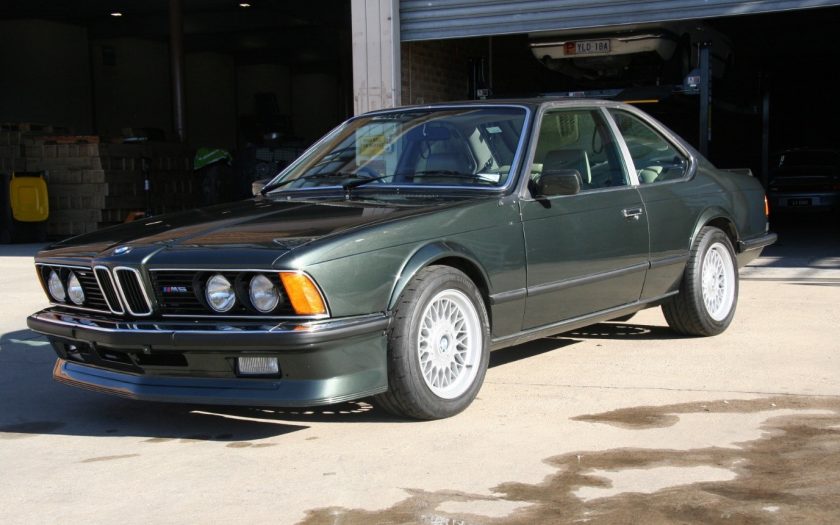Ever wondered what classic car to consider? Paul Murrell tests the 1977-1989 BMW 6-Series with pricing, specs, ride and handling, safety, verdict and everything the over-50 classic car buyer needs to know.
Summary: Fast, luxurious and very stylish, the big BMW coupe can be a clever buy. Just make sure you get a good one.
1976-1989 BMW 6-Series
Price range: $35,000-$80,000
Safety: ABS brakes
Engine: 3453cc straight six OHC, Bosch fuel injection
Power: 160kW
Torque: 304Nm
Transmission: four-speed manual, five-speed manual or four-speed auto, rear-wheel drive
Steering: recirculating ball
Body: 4756mm (long); 1725mm (wide); 1365mm (high)
Build country: Germany
Interior features: trip computer, cruise control, air conditioning, electric seats, power windows
Exterior features: front and rear spoiler, fog lights, headlight washer/wiper, electric aerial
Kerb weight: 1450kg
Wheels: 165 TR390 (close to 15½ inches), alloy
Tyres: 220/55 VR 390
Brakes: ventilated discs (front), discs (rear)
Fuel tank: 70 litres
Consumption: 7.2-15.7L/100km
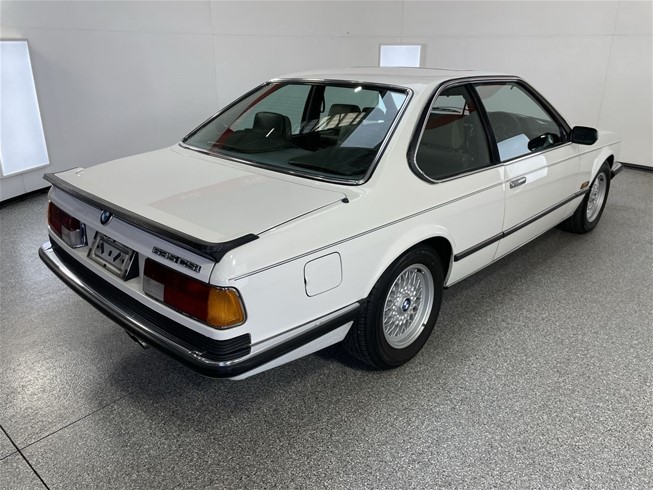
[review]
Following the very elegant and quite delicate BMW 3.0CS (E9), the replacement E24 6-Series came in for some criticism as being too bulky and too heavy-looking.
However, customers had other ideas and BMW sold more than 86,000 of them by the end of the model run in 1989.
The lovely-looking 6-Series set a new benchmark for BMW. Initially launched in Australia as the 633CSi, the car was discontinued in 1980. But within a month of Jim Richards winning the Australian Touring Car Championship in his JPS 635CSi in 1985, BMW reintroduced the big coupe. The most popular was the 635CSi which could sprint to 100km/h in seven seconds and reach a top speed of 220km/h in luxurious surroundings. The downside was a whopping price when launched of $109,750. Adjusted for inflation, that is well north of barely credible $840,000.
Designed by Paul Bracq, the 6-Series was a two-door grand tourer initially based on the E12 5-Series platform. In 1982, the car adopted the newer E28 5-Series platform, at the same time undergoing some internal and external changes.
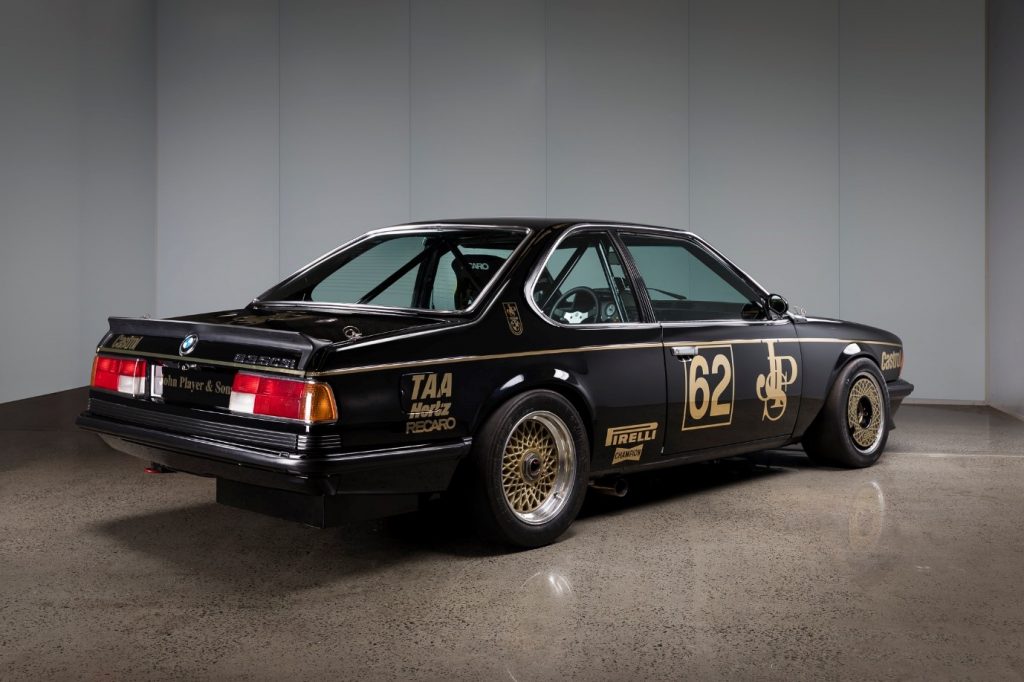
The 6-Series feels remarkably modern for a car launched 50-odd years ago. There’s even a digital trip computer which shows fuel consumption and other advanced trip data. You wouldn’t have found that on too many cars way back when.
The big coupe is quite capable of carrying the driver and three passengers, but the rear seat is unsuitable for long periods, even though the airiness of the glasshouse makes it feel a lot less claustrophobic than many other coupes.
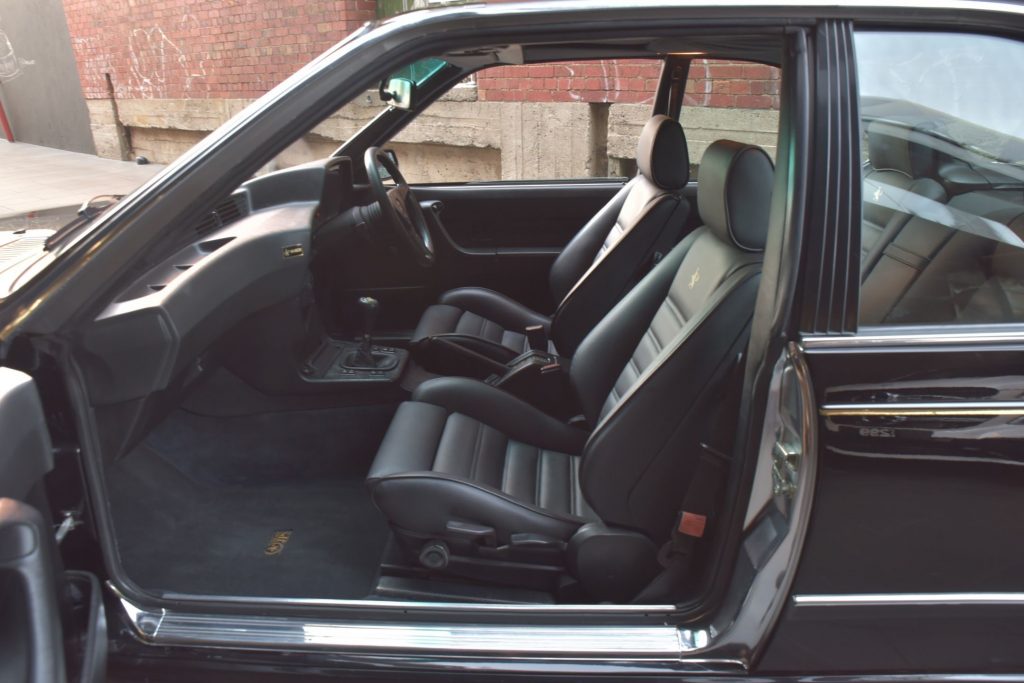
What to look out for
Few cars were sold in Australia fitted with Michelin TRX wheels and tyres. Fitted to 1986 Australian deliveries and with a unique metric diameter, they lock owners into expensive and hard-to-find replacements. These are commonly replaced with 16-inch wheels offering a better choice of tyres.
In 1985, BMW launched a RHD version of the M635CSi and a special unleaded 635CSi for markets with emissions requirements.
Under the bonnet is very tight, and these cars are no less susceptible to rust than any others. Structural rust can be terminal. Check sills, rear floor, mounting points for the rear suspension and mounting points for the steering. All are particularly vulnerable.
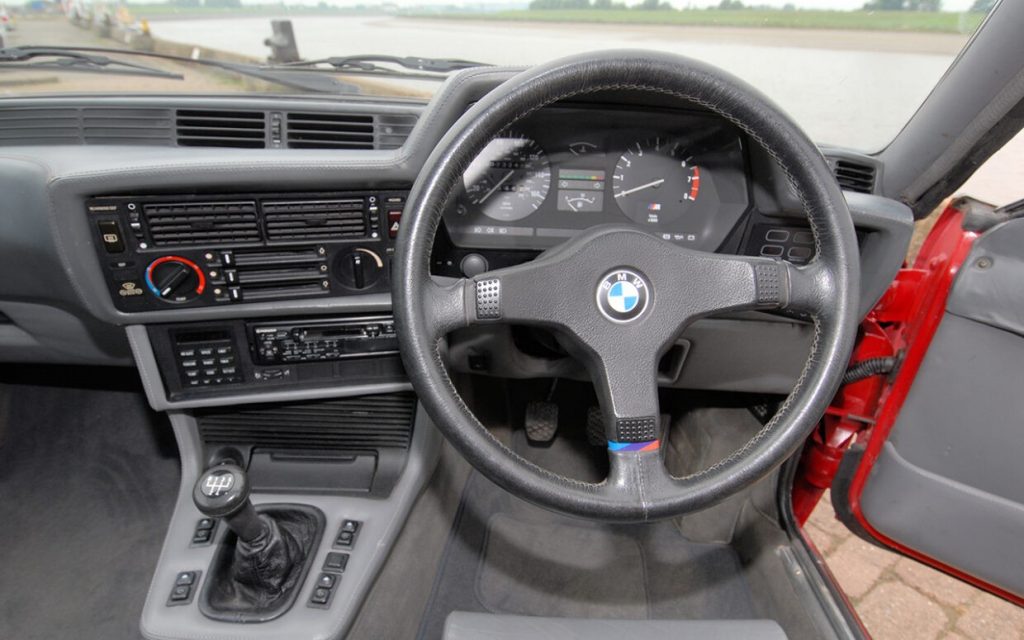
Any rust will be expensive to put right. Rust between the inner and outer front wings isn’t terminal, but time-consuming to repair.
Metal fatigue in the front subframe allows the steering box to break away from its mountings with potentially dangerous results. The same can happen with the rear suspension mounts.
If rust gets into the boot, it can invade the passenger compartment. Carefully, and thoroughly, carry out all the usual rust inspections.
The engine is tough and long-lasting but has one well known failing: the camshaft. Regular oil changes and gentle warming should result in a smooth and quiet engine for more than 150,000km.
Rattles at tickover from the top end are caused by the camshafts and its followers wearing out. Timing chains show signs of wear at around 150,000km but don’t generally break. Piston rings, main bearings and both big and small-end bearings can all fail.
Cars were fitted with Bosch L-Jetronic, then Bosch Motronic fuel injection systems. Both are generally dependable, but check the fuel lines as the systems run under high pressure.
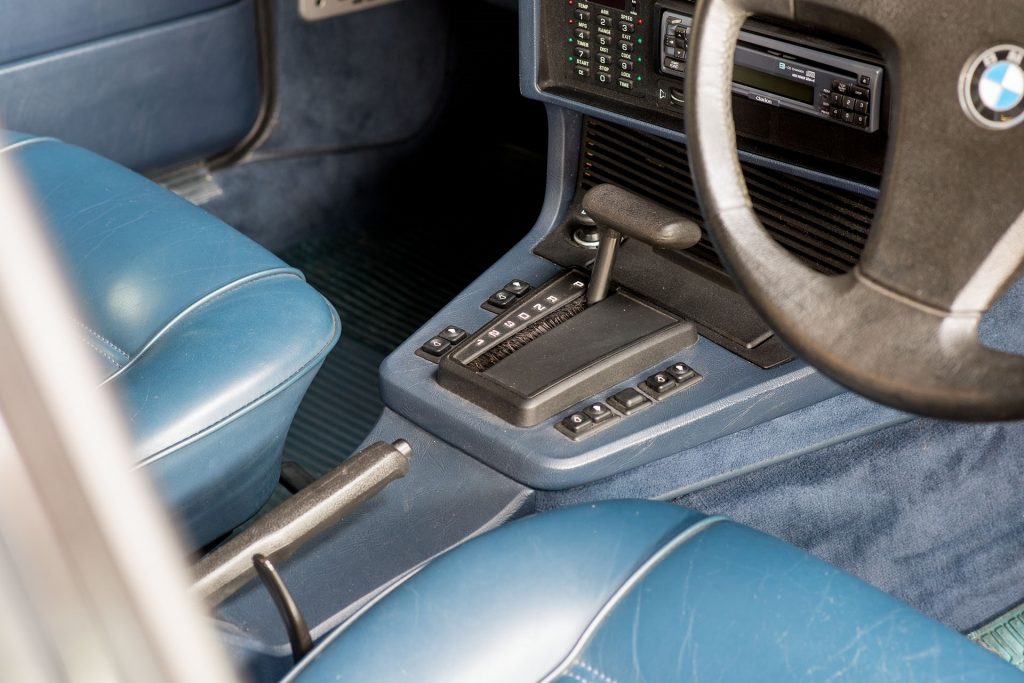
If the ECU fails, it will be expensive.
If the cooling fans have left marks on the radiator, engine mounts have failed and allowed the engine to tilt forward.
Check closely for any signs of overheating.
Gearboxes are generally tough and long lasting, although manuals are relatively heavy and notchy.
Being a big and heavy car, the suspension has a hard time, and the big rubber bushes that hold the rear axle in place wear out after about 80,000km.
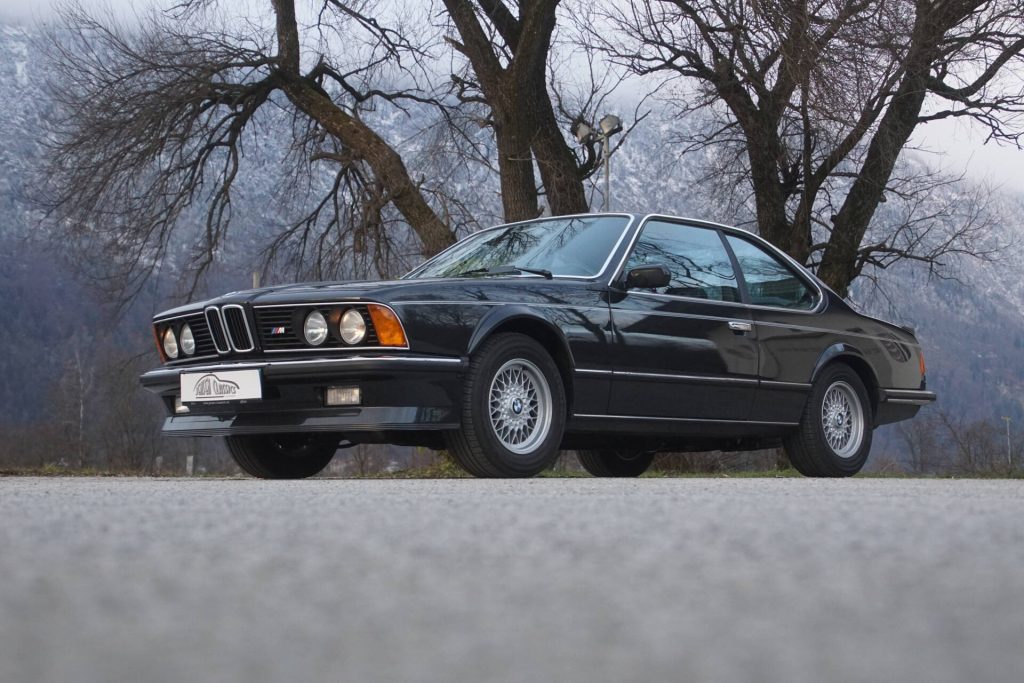
There are few worries with the brakes, other than the yellow warning light on the dashboard. It will either fail to light at all, or illuminate at 110km/h The cause is often dirt and corrosion on the wheel speed sensors on the rear axle. The only other area of concern is that the power assistance may fail.
Electrics can be a nightmare. Early adoption of power windows, sunroof, seats and headlamp wipers makes them all prone to problems. These include loose connections, broken wires, dirty fuse terminals and motor seizure from lack of use.
Trim is hard to source and expensive, so it pays to choose a car that is complete and in good condition.
